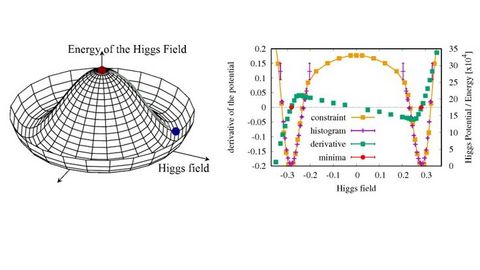ELEMENTARY PARTICLE PHYSICS
Elementary Particle Physics
Elementary Particle Physics
Elementary Particle Physics
Elementary Particle Physics
Elementary Particle Physics
Elementary Particle Physics
Elementary Particle Physics
Elementary Particle Physics
Elementary Particle Physics
Elementary Particle Physics
Elementary Particle Physics
Elementary Particle Physics
Elementary Particle Physics
Elementary Particle Physics
Elementary Particle Physics
Elementary Particle Physics
Elementary Particle Physics
Elementary Particle Physics
Elementary Particle Physics
Elementary Particle Physics
Elementary Particle Physics
Elementary Particle Physics
Elementary Particle Physics
Elementary Particle Physics
Elementary Particle Physics
Elementary Particle Physics
Elementary Particle Physics
Elementary Particle Physics
Elementary Particle Physics
Elementary Particle Physics
Elementary Particle Physics
Elementary Particle Physics
Elementary Particle Physics
Elementary Particle Physics
Elementary Particle Physics
Elementary Particle Physics
Elementary Particle Physics
Elementary Particle Physics
Elementary Particle Physics
Elementary Particle Physics
Elementary Particle Physics
Elementary Particle Physics
Elementary Particle Physics
























































































































